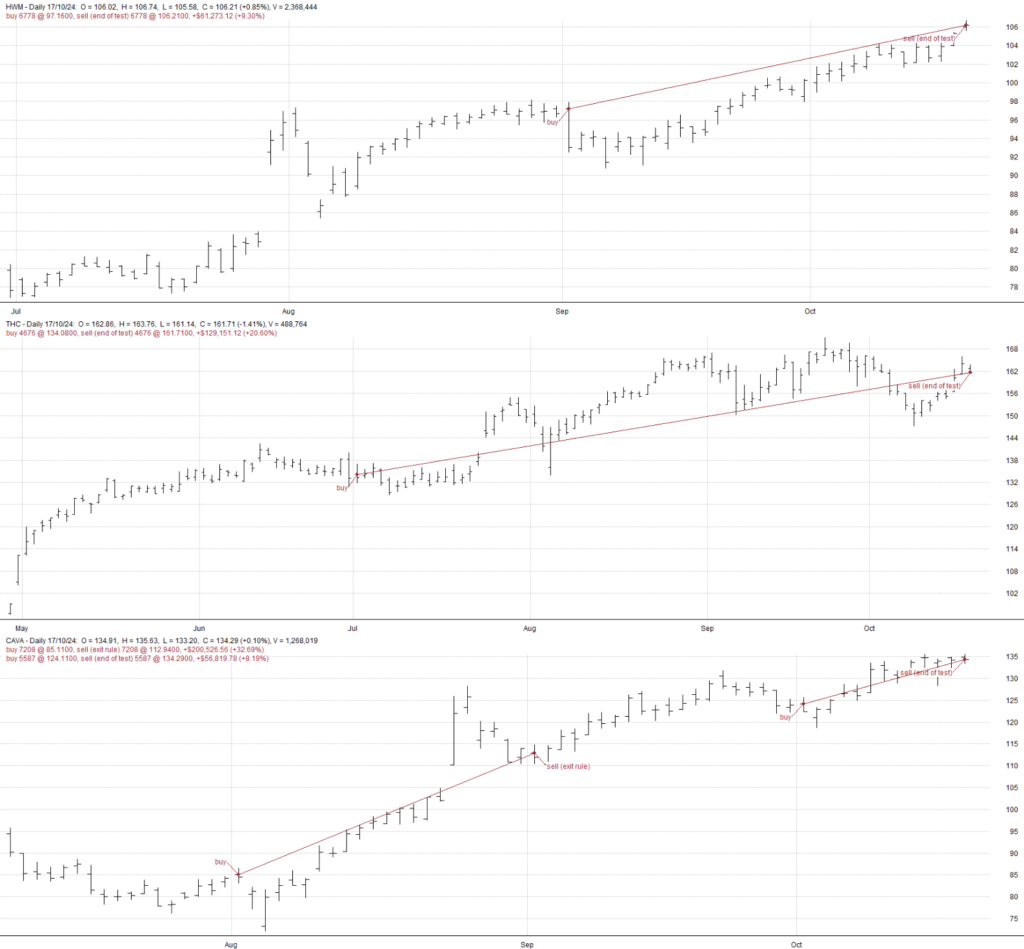
Exploiting The Momentum Anomaly
The Momentum Anomaly is one of the oldest described market anomalies, yet remains one of the most consistent and most lucrative methods for investing. Put simply, the momentum anomaly can be described as stocks showing periods of sustained over-performance, are likely to see this over-performance continue into the future, or put even simpler, stocks going up tend to keep going up.
How Do We identify and Measure Momentum?
There are a variety of indicators available to pick out stocks demonstrating momentum. The simplest of these is the Rate of Change, used to identify the speed at which a stock’s price changes over time. This offers a simple comparison between stocks, allowing us to identify the most rapidly moving.
Another common indicator is the relative strength index (RSI), a more complicated oscillator calculation which measures the speed and change of a stock’s price. The RSI is measured on a scale of 0 to 100 with a higher reading indicating overbought and lower oversold.
Our free Daily Momentum Brief uses a mixture of momentum indicators to identify stocks displaying high momentum.
How Can We Exploit Momentum?
Identifying momentum is only the first step in the process. Simply picking the highest momentum stock at any given moment will likely result in churn and under performance. If we want to trade successfully, we need to implement a complete strategy. A complete strategy includes specific entry and exit rules, position sizing, portfolio construction and maybe market filters, etc. A complete strategy can be tested on historical data to understand potential future performance. This is where we move from a simple scan list like the Daily Momentum Brief, to a fully-fledged strategy like the US Momentum or Trade Long Term Portfolio.
Examples of Momentum Trades
Now let’s look at some ideal trades taken within our US Momentum portfolio this year. The US Momentum aims to ride long-term bullish momentum using a mixture of systematic indicators and considerations.

What we can see in all these trades is a period of upward price movement before the trade is entered, which continues through after the entry.
But of course, not all momentum can be sustained forever, and trends may stagnate or reverse, as in the chart below. This is why having a strategy in place with defined exit rules and safeguards is so important. A reversal into negative momentum should obviously be avoided, but so to should sideways moving trends tying up capital.

If you are interested in trading momentum-based strategies sign up for a free trial of our subscription trading portfolios and have the entry and exit signals identified for you.

